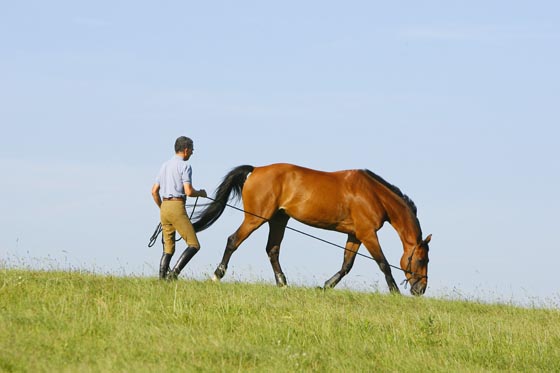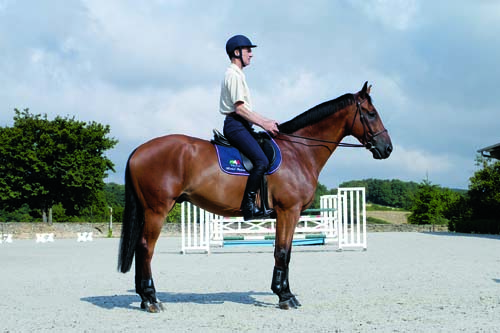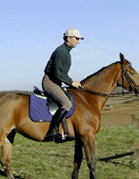The horse's physical preparation . Part 2
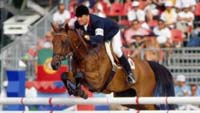
With a horse in good shape, there is no need to resort to chemical products, vitamins, infiltrations or other “concealing agents”. Personally, I eliminated all that more than 10 years ago (...)
With a horse in good shape, there is no need to resort to chemical products, vitamins, infiltrations or other “concealing agents”. Personally, I eliminated all that more than 10 years ago.
A horse does not go lame or become ill by chance. If it does, it is rather like a red light blinking: «Be careful, you are not training correctly.» Camouflaging this problem with chemical products is rather like attacking the red light with a hammer so it stops blinking. Why hide from the truth? A given rider generally finds that most of his horses suffer from the same pathologies.
Veterinary surgeons are well aware of this. Why is it that in certain stables all the horses have problems with their hocks? And why is that in another stable, it is always the same vertebra that hurts?
In these conditions, the rider is faced with a number of solutions:
. he can change his horse… but this is very expensive!
. he can call the vet… and hit the red warning light with a hammer,
.
or he can adopt the most viable long-term solution, he can take the time to search for the primary cause of this pain: perhaps a poor ground, an unsuitable way of training, the rider’s poor seat…
Why give a horse cough medicine if its box is exposed to drafts or dust? Listen to the body’s language. This is equally true for both human beings and horses.
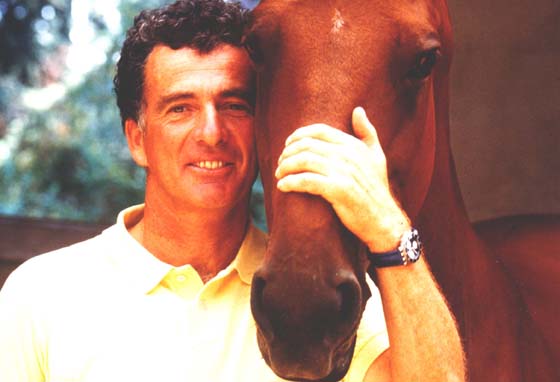
Michel and Sissi - 1994
Sissi de la Lande was lame when she was 6 years old and was several times considered unfit to compete. Complete examinations were carried out by several veterinary surgeons in Switzerland and in other countries. They each had a different opinion, but none achieved satisfactory results.
It was my friend Alain Guerland, the manual therapist, who provided the solution. He simply ignored the fact that she was lame; he believed that her lameness was the consequence of a deeper imbalance.
With a great deal of patience, Alain managed to discover the primary cause. Following a very old traumatic event, the mare, was so to speak, “crooked’. This torsion reflected on one vertebra unbalancing her body as a whole.
In summary, it is rather like someone with a leg in plaster, all the weight is on the other leg, resulting in lumbar, sciatic or other pain.
With Sissi, thanks to manipulation and the right kind of training, we managed to completely eliminate the lameness.
There are many other stories about horses, either ill or lame, that with correct exercising returned to lead a normal life.

